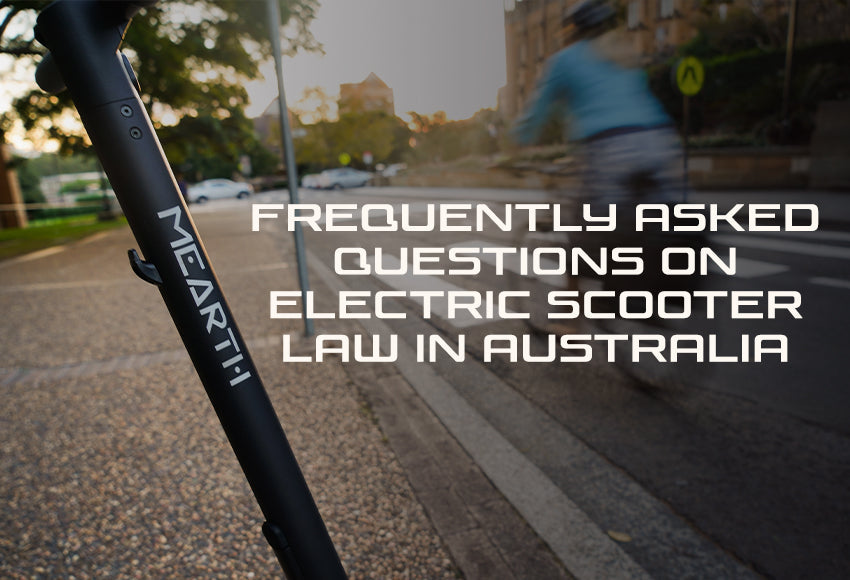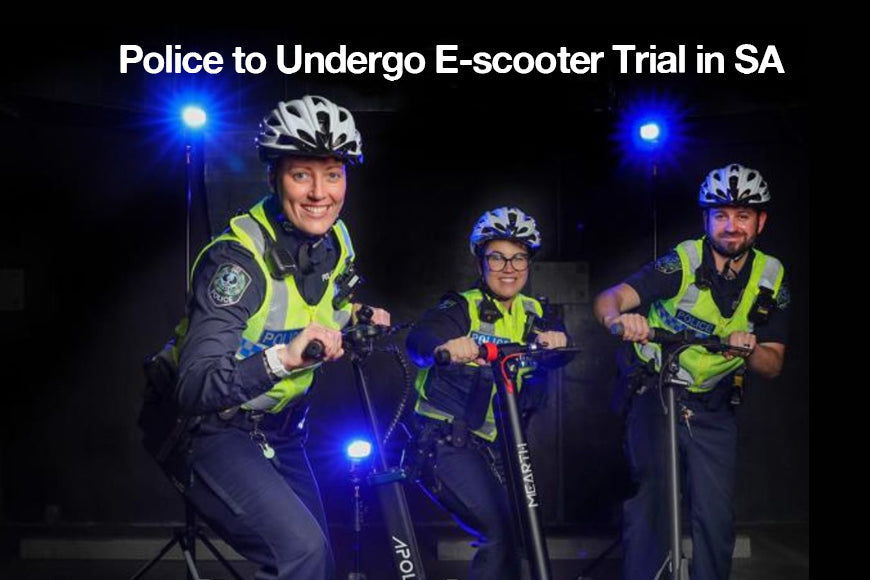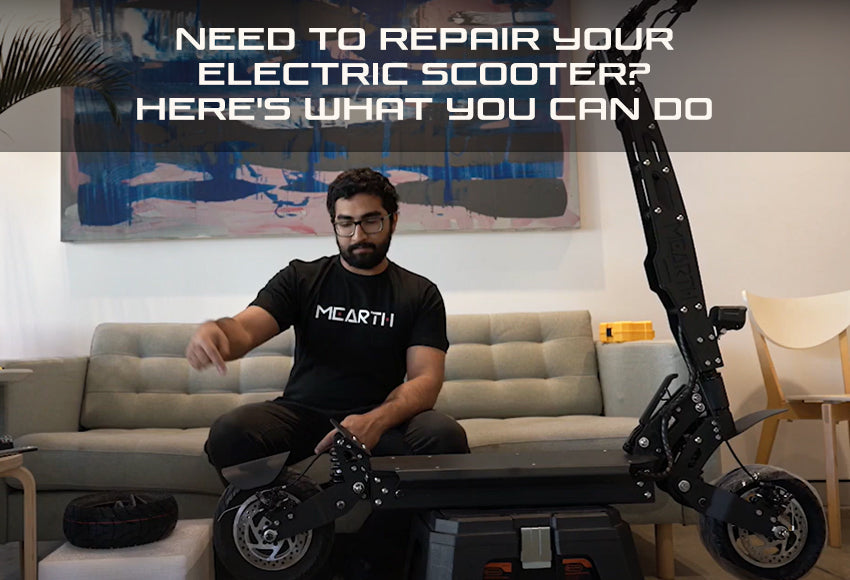
Electric scooter laws in Australia vary by state so e-scooter riders need to know the specific laws of where they are residing. In another article, we have listed down the different electric scooter laws in Australia per state. In this guide, we answer all the questions that new and even seasoned riders need to know about riding e-scooters in the country.
Are electric scooters legal in Australia?
Most states and territories allow electric scooters to be ridden on private and public property. However, NSW and SA don’t allow electric scooters in public. Moreover, it’s important to note that most states only allow electric scooters to ride in public if it meets specific requirements.
For example, in VIC, e-scooters must meet the following requirements:
- E-scooter must not be petrol-powered.
- E-scooter must not have over 200W in power.
- E-scooter must have a max speed of 10 kph.
Meanwhile, in TAS, e-scooters and riders must meet the following requirements:
- E-scooter must not have over 200W in power.
- Riders must wear an approved helmet and follow existing road rules.
- Riders can travel on paths unless it is prohibited
As mentioned, every state has variations in their e-scooter laws, so it’s best to know the specifics of your state’s e-scooter laws.
How old should electric scooter riders be?
Children below the age of 12 should not be permitted to ride e-scooters or any motorised scooters in public without adult supervision. Meanwhile, the common acceptable minimum age for adults is 16 years old.
It’s best to check with your state’s e-scooter law to be sure. After all, as legislators and organisations continue to conduct e-scooter trials, laws can change in the future. For example, as of writing, reports say that VIC is considering increasing their max speed limit but also increasing the minimum age to 18 years old.
Do you need a license to ride an electric scooter in Australia?
Electric scooter laws in NT, SA, QLD, and WA allow riders to drive e-scooters with a normal driver’s license. However, in ACT, NSW, TAS, and VIC, riders must undergo training before riding and their e-scooters must meet certain requirements.
In some states, electric scooters must be registered before riding them in public. For example, NT defines motorised scooters as any “kick-type scooter that is equipped with an engine or motor.” Therefore, riders living in NT must register their e-scooters first before riding in public.
Do you need to wear a helmet?
Yes, definitely! Some states, such as Queensland, require helmets while riding. However, even without laws, riders are highly encouraged to wear helmets and safety gear for added protection on the road. Riders can simply wear a bicycle helmet unless your state or territory has an approved type of helmet.
Can you ride electric scooters on footpaths?
If you live in QLD, ACT, VIC, NT, and TAS, then you can ride your electric scooter on footpaths. Take note that QLD is the only state that allows riders to ride over 10 kph on footpaths. Meanwhile, if you live in NSW, SA, and WA, then you must ride on designated paths, lanes, or areas for e-scooters. It’s best to check your local e-scooter law to confirm where you can and cannot ride your e-scooter.
What is the speed limit for riding an electric scooter?
On average, the speed limit in Australia is 25 kph. However, the max speed in VIC, WA, and in some areas of QLD is 10 kph. Riders are advised not to go over these limits to avoid getting fined or injured.
Can I bring an electric scooter on a plane?
Electric scooters are not allowed in carry-on or checked baggage unless they have been specified as a mobility aid. This is due to the Civil Aviation Safety Authority’s (CASA) guidelines on lithium-ion batteries. Only 100Wh batteries are allowed in carry-on luggage, while 160Wh batteries are allowed in checked baggage. Since most electric scooters have higher battery capacities, e-scooters are not allowed on planes.
How much is the fine for breaking e-scooter laws?
Each state and territory has different set fines for breaking e-scooter laws. Breaking electric scooter laws in VIC will cost you $826. Meanwhile, riders caught breaking e-scooter laws will be fined $130 in QLD. For those living in SA, riders will be fined $1232 when caught. Avoid breaking e-scooter laws by knowing the rules and regulations for your city or state.
Keep yourself updated
Keep in mind that electric scooter laws may continue to change as legislators are still studying the proper guidelines for e-scooters. Riders can expect laws or guidelines to be added, changed, or clarified, so keep yourself updated with your city’s e-scooter laws. Moreover, keep the following information in mind to avoid getting fined while riding. With the growing presence of electric scooters, it will only take time until proper guidelines are set for a safer and better e-scooter riding experience.




Leave a comment
This site is protected by hCaptcha and the hCaptcha Privacy Policy and Terms of Service apply.